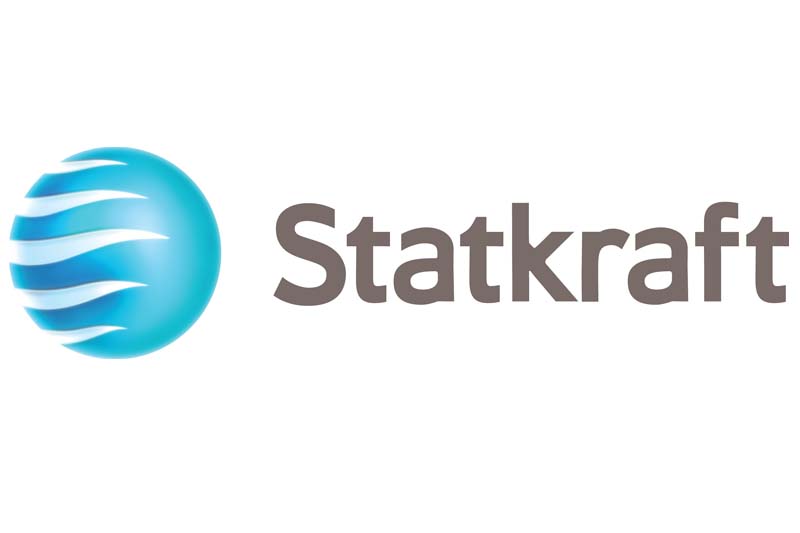Statkraft pulling out of 650MW Tamakoshi-3
Kathmandu, January 12
Statkraft, Europe’s largest generator of renewable energy, has formally announced its decision to pull out of the 650-megawatt Tamakoshi-3 Hydroelectric Project, identifying the lack of viable power purchase option, lower electricity price forecast, insufficient transmission capacity and absence of necessary regulatory framework to implement Nepal-India power trade deal as deterrents.
The decision was taken after assessing all aspects of the project, including commercial, technical and regulatory, says a statement issued today by Statkraft.
“These factors include a lack of viable power offtake option, lower electricity price forecast, insufficient transmission capacity for power evacuation and absence of necessary policies and regulatory framework for operationalising power sales,” the statement quotes Sandip Shah, vice president and country director Nepal for Statkraft, as saying.
Other reasons for departure from the project, according to Shah, are: increased bureaucratic hurdles for foreign investment, a fragile political situation and a geo-political situation that has created a non-conducive project development environment.
Statkraft had obtained the survey licence for $1.5-billion Tamakoshi-3 Project in 2007 and has since conducted a feasibility study and Environmental and Social Impact Assessment of the project.
The peaking run-of-river project has the capacity to generate 2.43 terawatt-hour, or around 2.43 billion units, of electricity per year.
Initially, the project developer was intending to sell this electricity in Nepal — although it was sceptical about Nepal Electricity Authority’s ability to purchase all the power.
Amidst this uncertainty, the government signed Power Trade Agreement with India, which provided Nepal access to the vast Indian power market. This was encouraging news for Statkraft and the company had even started exploring the option of selling power in India.
But now it has finally decided to abandon the project and has formally notified the Investment Board Nepal, which was holding negotiations with Statkraft, about its decision.
Yet, Statkraft, in the statement issued today, has said ‘it is still interested in further developments in Nepal’. “But projects need to demonstrate attractive returns on investment and stable long-term conditions in which to operate,” adds the statement.
Statkraft has also said its departure from Tamakoshi-3 Project will not affect its other projects in Nepal and South Asia.
“As a majority stakeholder in Himal Power Ltd, Statkraft has a long-term commitment to Nepal, as the licence agreement for the 60MW Khimti hydropower plant runs until 2045. Our decision is purely linked to the Tamakoshi-3 Project and does not influence our activities in South Asia,” the statement quotes Tima Utne Iyer, senior vice president at Statkraft and chairperson of Himal Power, as saying.






